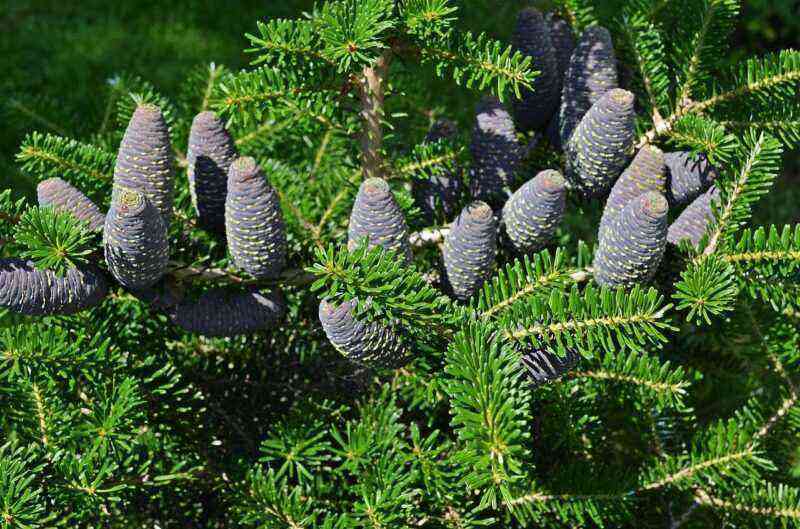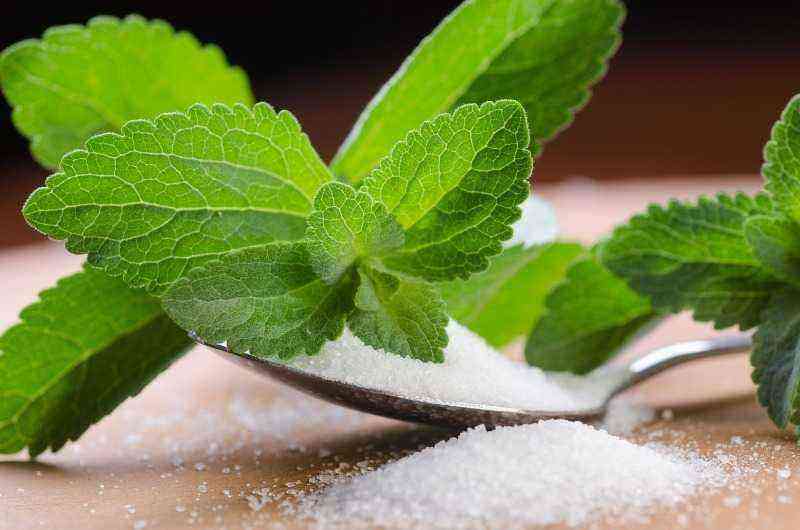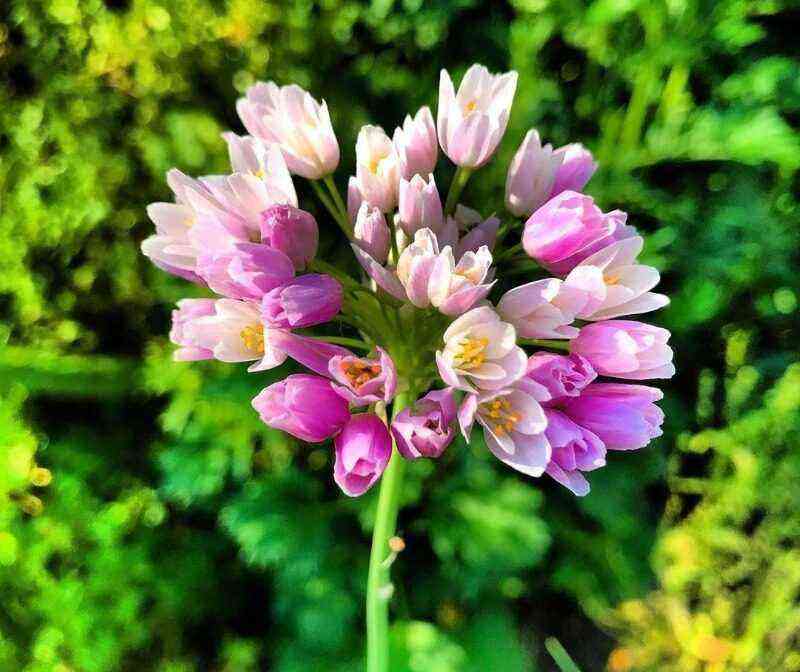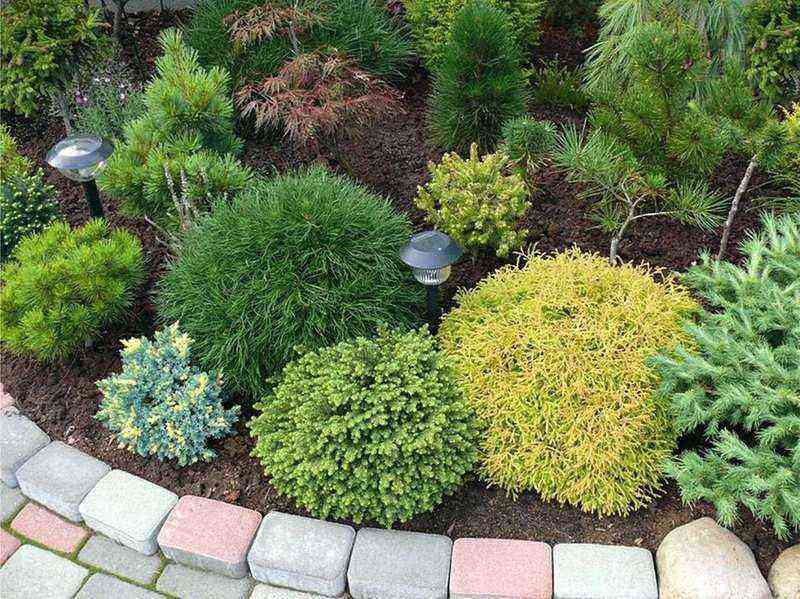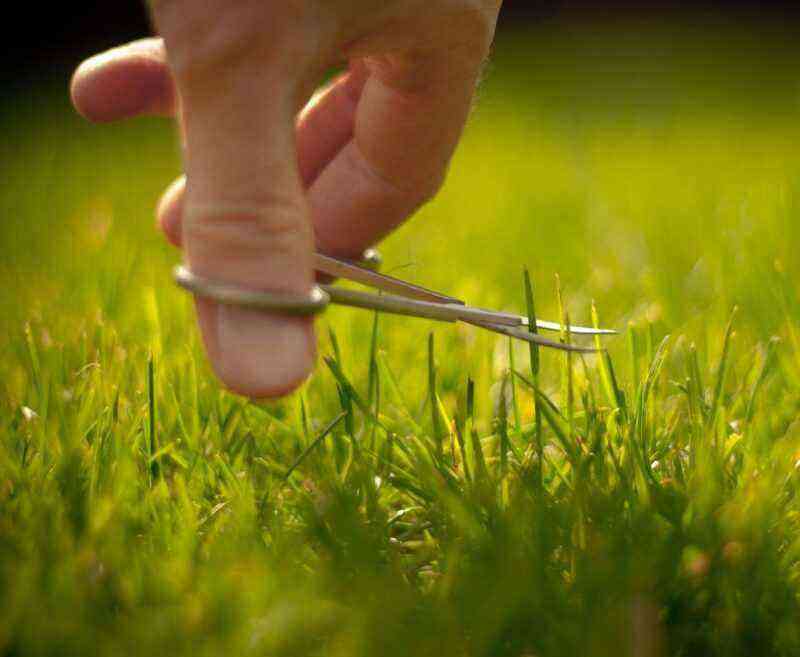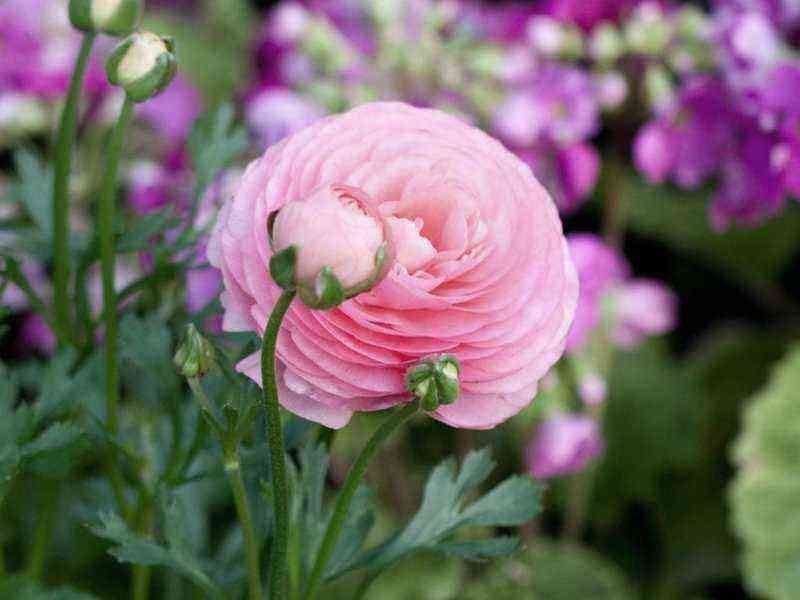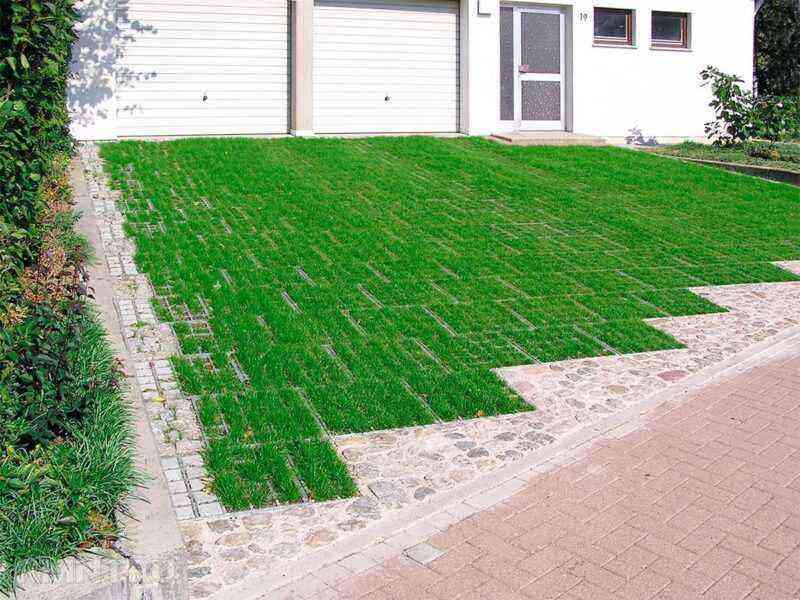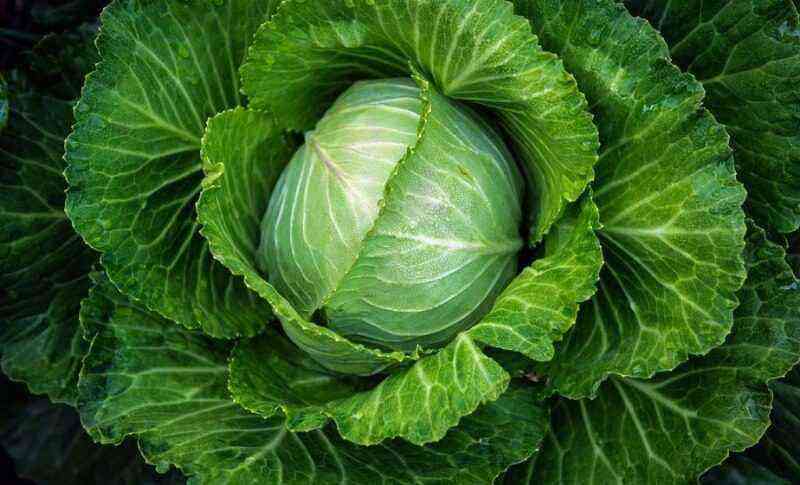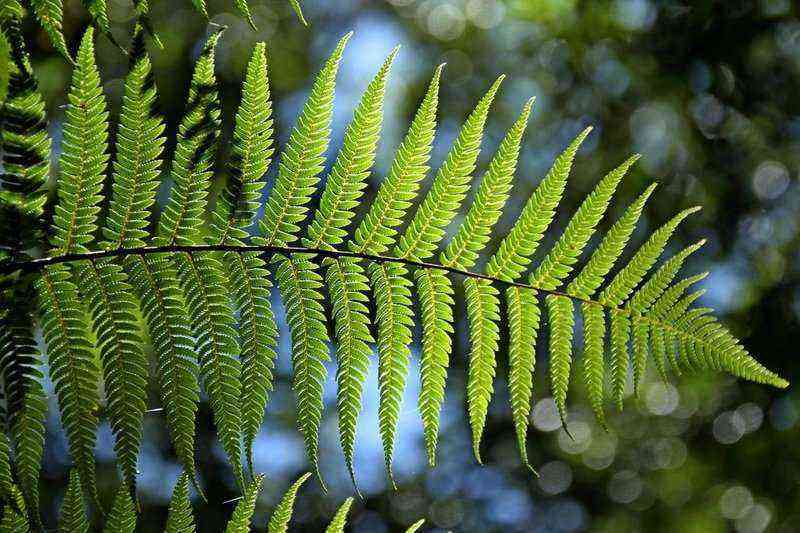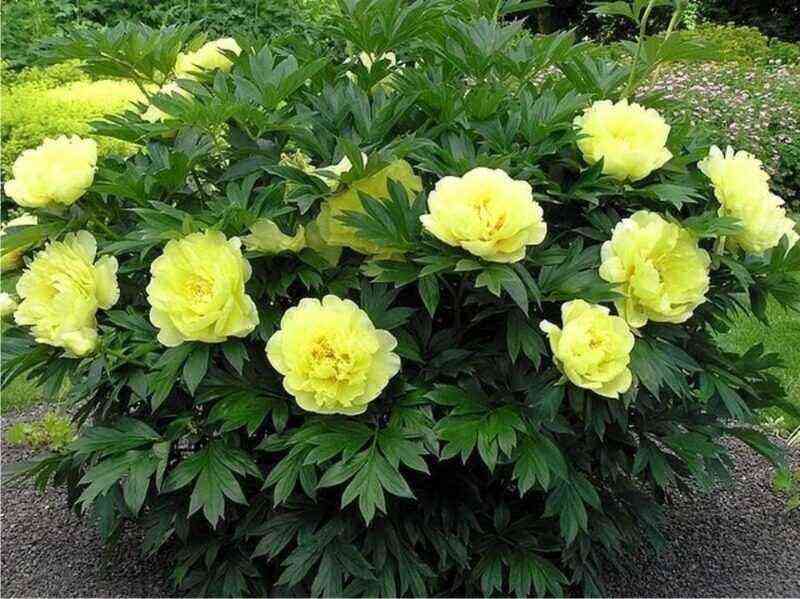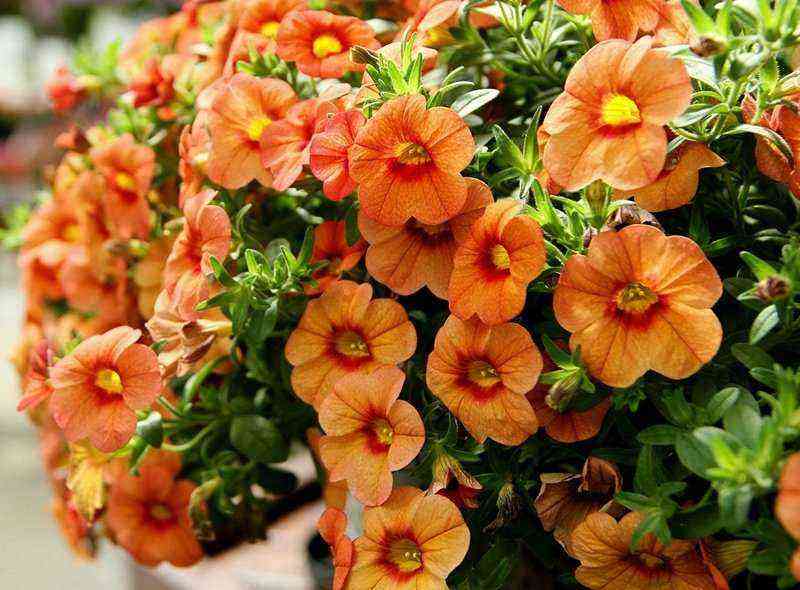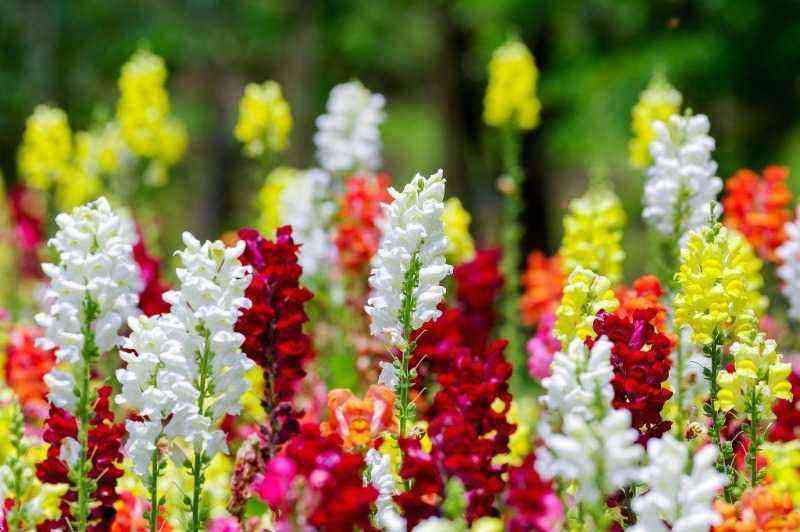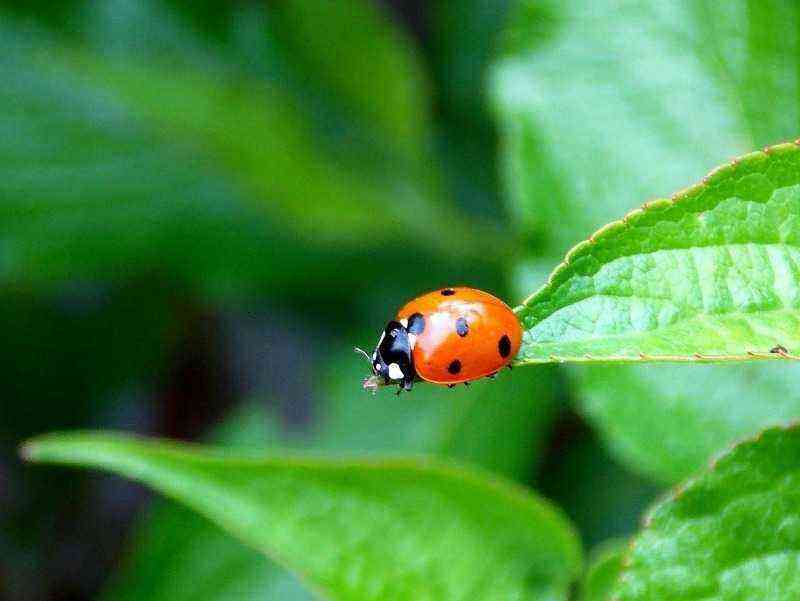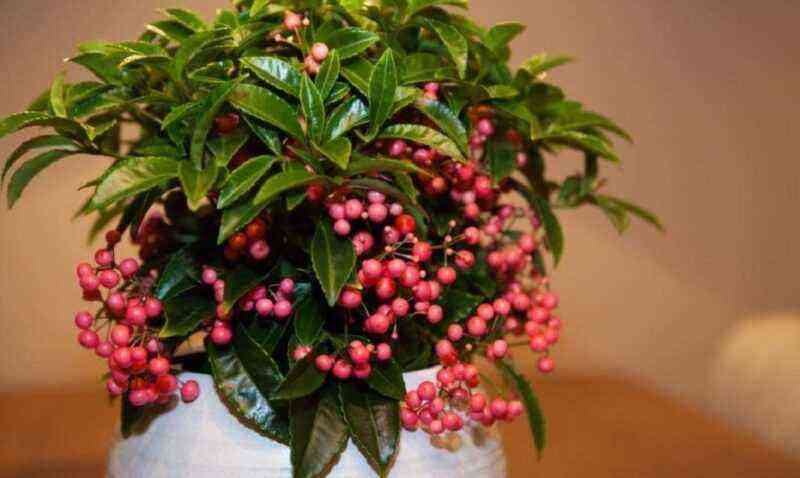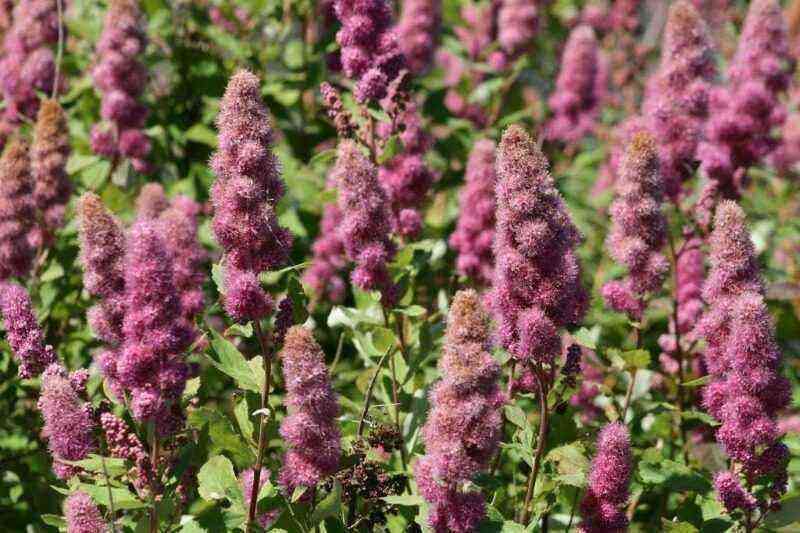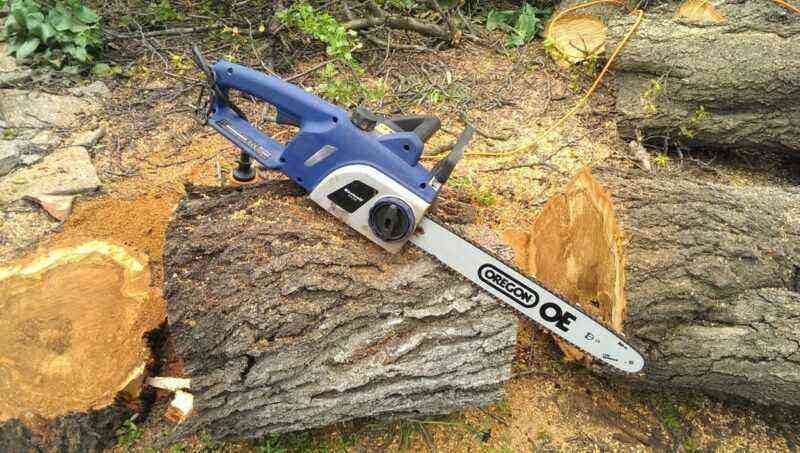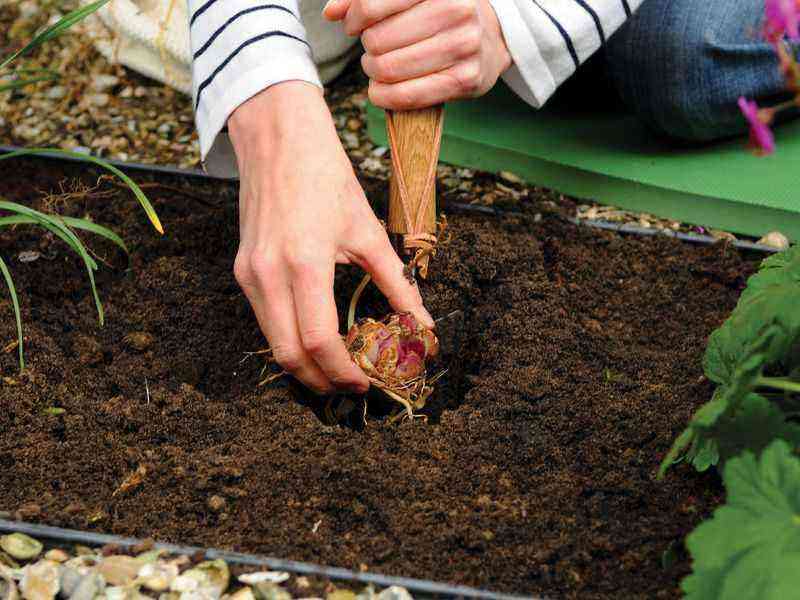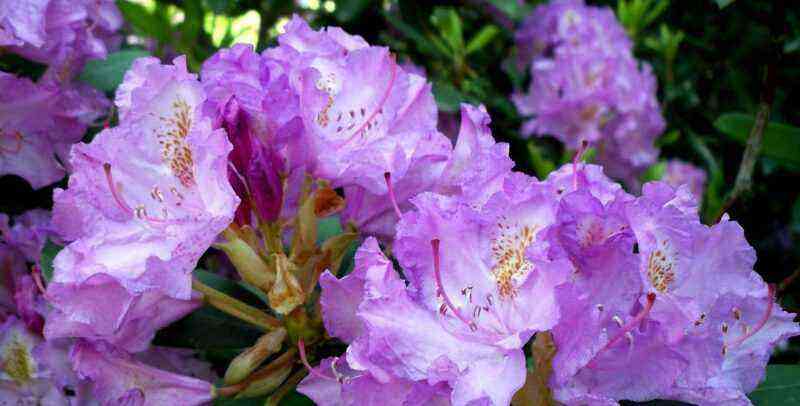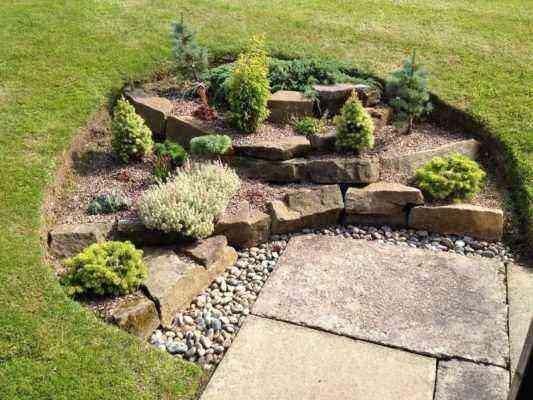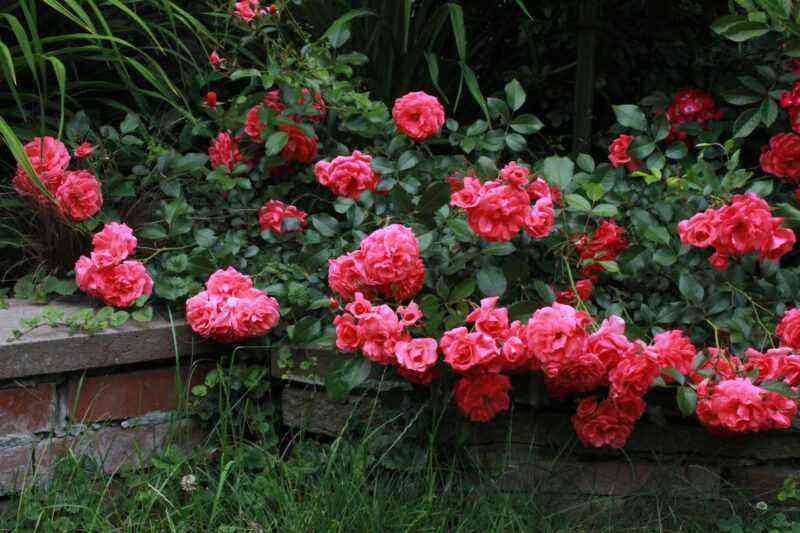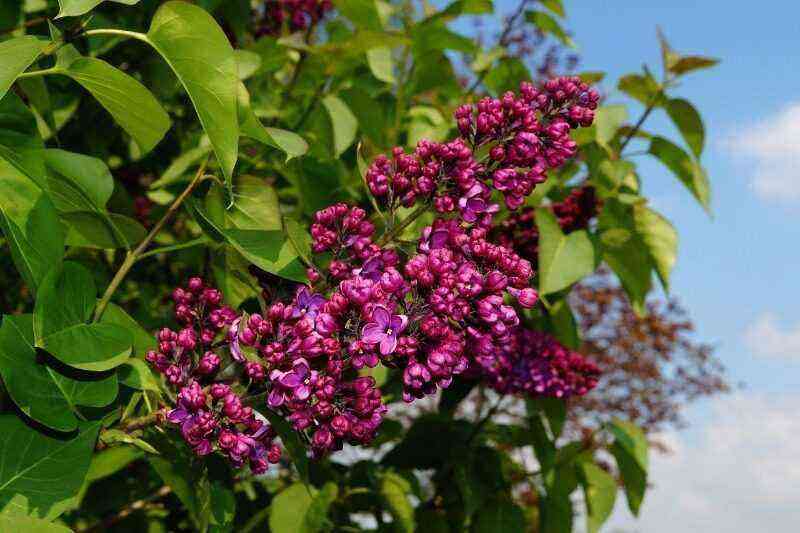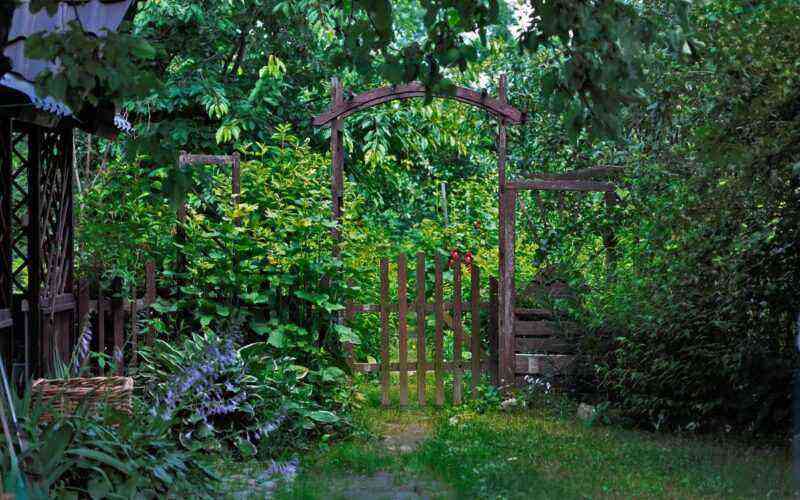Often, small dangerous pests of indoor flowers are noticed too late, when their hordes hang in clusters on the branches. Sometimes there is practically nothing to save. That is why it is very important to identify the “saboteurs” as early as possible and strike back. There are a number of signs that will help you do this at an early stage, while it is still possible to cope with aphids with a regular laundry soap solution.
Leaves turn yellow and curl
The first sign of aphid infestation is the yellowing of the tops and its young shoots. They begin to curl and can become tough, dry and brittle. Flower buds and fruit ovaries wither and fall off.
This is due to the fact that aphid colonies suck out life-supporting plant juices, while damaging the conductive tissues of the leaves and trunk.
Malnutrition can lead to the death of both part and the whole plant.
Ants
If on your windowsill you often begin to notice ants rushing to the plant pots, this is an occasion to carefully examine the young shoots and buds for the presence of aphids.
These small insects in the process of their life secrete sweet syrup (pad), which is one of the favorite delicacies of ants.
Some species of insects even graze their “herds” of aphids, milk them and protect them from attacks of enemies: ladybirds, lacewings, hoverflies.
Puncture marks
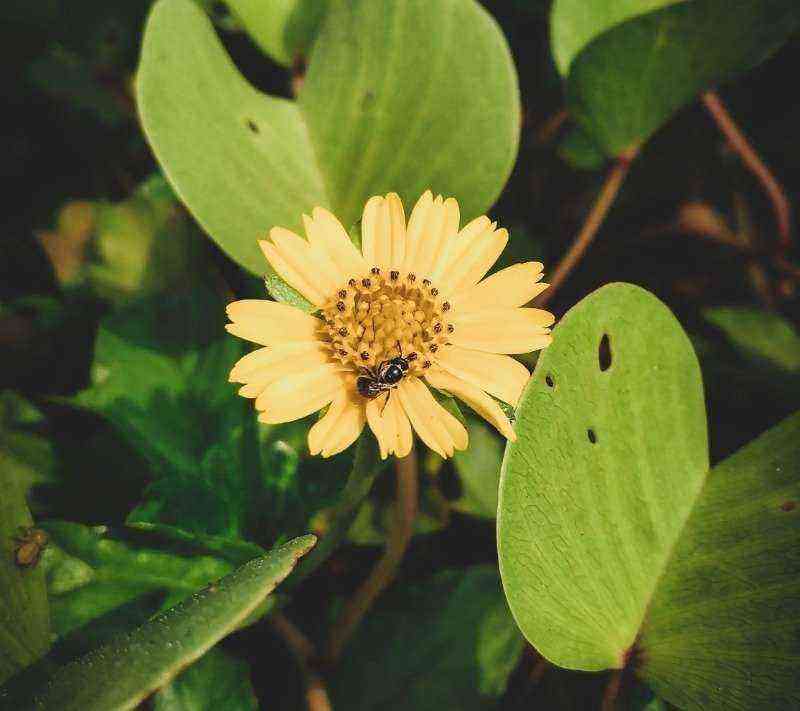
Aphids feed on plant juices, piercing the leaves and stems with their proboscis, which can be 2-3 times the length of the insect’s body.
Therefore, if you suspect that the green pet is unwell, carefully examine its tops for puncture marks. Fresh holes will tell you which pest to look for.
thick liquid
The presence of a sticky, viscous transparent liquid on young shoots should also alert you. It is such a syrup that aphids emit in the process of life.
It is dangerous because it is an excellent breeding ground for the development of various pathogenic fungi. It is quite difficult to deal with them, especially if the plant is weakened by aphids.
The presence of such a syrup can be indicated by the dustiness of the flower. Dirt easily adheres to a viscous substance and makes its appearance unsightly.
Lethargy leaves and stems
If the plant gets enough nourishment and proper care, but the stems and leaves become sluggish, it may be the result of aphids.
She not only drinks juices from indoor flowers, but can also be a carrier of dangerous viral diseases such as chlorosis, mosaicism and others.

